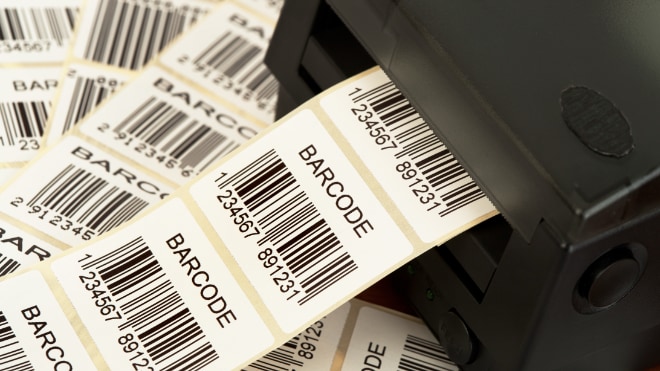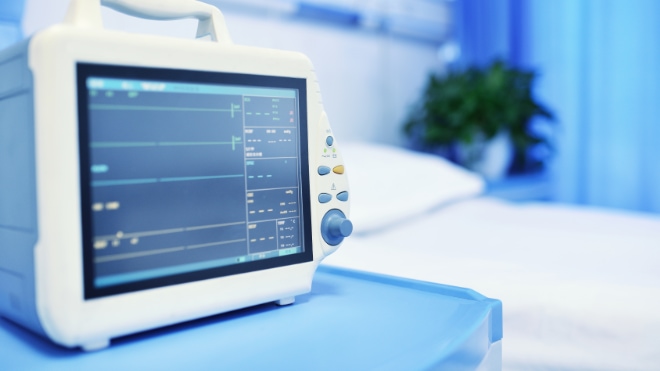
In this article, we provide a brief overview of the Summary of Safety and Clinical Performance (SSCP) process, a regulatory requirement applicable for high-risk implantable and class III devices under the EU MDR.
What is Summary of Safety and Clinical Performance (SSCP)?
The Summary of Safety and Clinical Performance (SSCP) is an entirely new document requirement introduced by the MDR. According to article 32 of the MDR regulation (MDR (EU) 2017/745), manufacturers are required to produce an SSCP for high risk implantable and class III medical devices (except custom-made or investigational devices).
An SSCP is unique in its structure and format. It is written specifically for medical device end users, including both healthcare professionals and, if applicable, patients. If the SSCP contains information for both healthcare professionals and patients, the document should include distinct and easily identifiable sections for each audience.
All SSCPs are required to be submitted to a recognised notified body for validation. Unlike other technical documents, the SSCP will be published for public access in the EUDAMED database by the notified body after validation.
When do you need an SSCP and what are its objectives?
If you are a manufacturer of high-risk implantable devices, such as an arterial stent or vitreous implant, or class III devices such as breast implants or total or partial joint replacements, and wish to comply with the MDR (EU) 2017/745, you must produce an SSCP for your devices.
The main objective of the SSCP is to provide clinical data and other information concerning the safety and clinical effectiveness of the medical device and to make it accessible to the general public in an appropriate form. This will allow healthcare professionals to make more informed decisions about patient treatment, and enable the patients to look into the devices recommended by their healthcare providers.
The SSCP must summarise both favourable and unfavourable data regarding the safety and clinical effectiveness of the device; that is, it is meant not only to demonstrate that the device is safe and effective, but also to highlight residual risks and potential safety or performance concerns and how these have been mitigated.
However, the SSCP is not intended to be used in place of the IFU or implant cards associated with the medical device. It is also not meant to provide comprehensive advice on the diagnosis and treatment of specific medical conditions. The public access of SSCP via EUDAMED will also enable users to form a direct comparison of the subject device and similar alternative devices based on available clinical evidence.
What support is available when writing an SSCP?
Being a publicly available document and an entirely new requirement under the MDR, the SSCP may present challenges to the manufacturers. It is important to become familiar with official guidance such as that published in MDCG-2019-9 Rev 1.
However, as a new document type, it is also advisable to consider seeking professional advice and consulting support. Mantra Systems offers a complete SSCP service as part of our MDR consulting support (including writing and readability testing), alongside a range of training resources and templates through the EnableCE platform.
If you have any questions about SSCPs and our range of support services, contact our team for a free, no obligation discussion.
































































